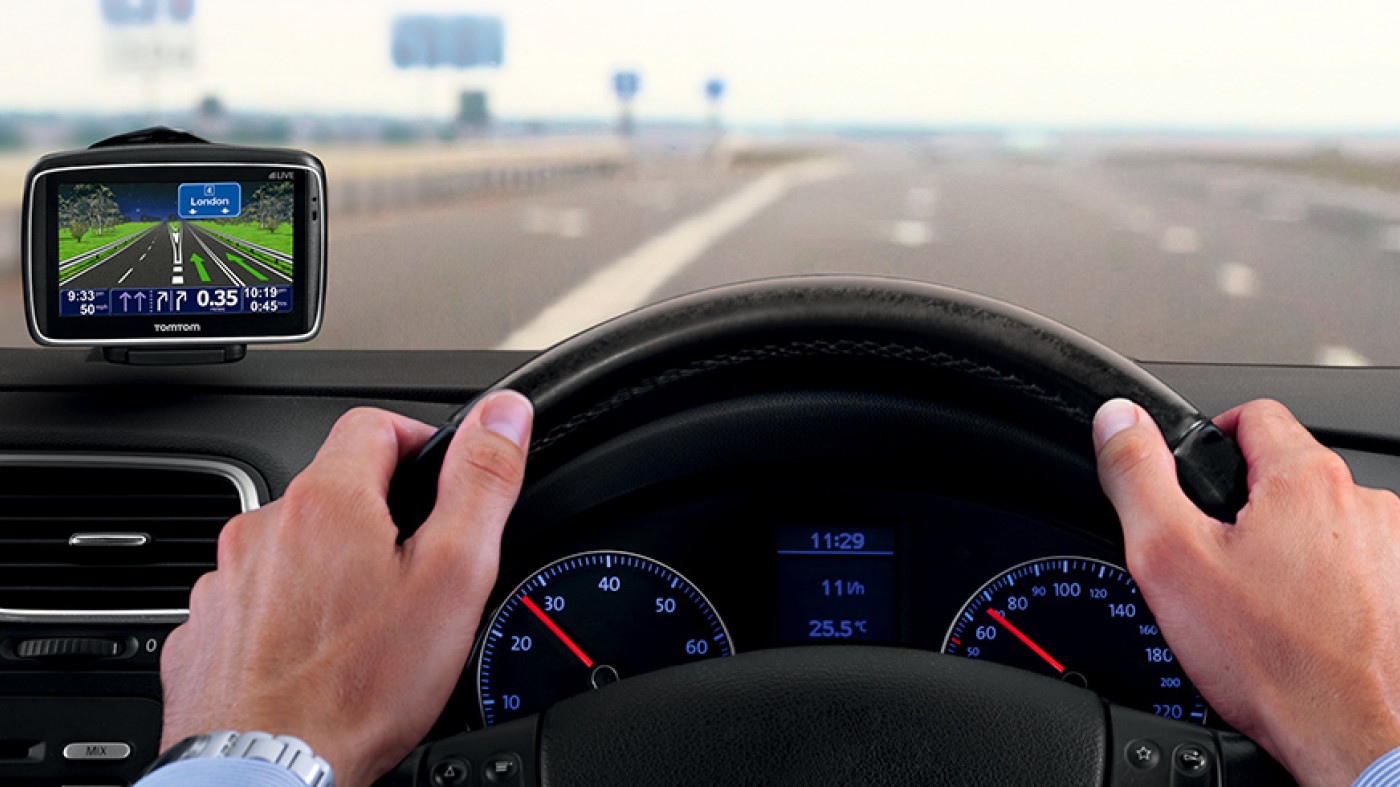Today, everyone can have my mum in their car, so to speak. The introduction of Satellite Navigation systems (Sat Nav), means that there is no need to learn routes, read maps or find landmarks. Today 68% of drivers use sat nav for everyday journeys according to research from Halfords.
Their survey found that ‘more than half of drivers (52%) are unable to remember any prominent landmark on a journey, and almost a third (31%) can’t recall the name of the road they have just travelled on’.
We as humans are losing our ability to make sense of the world around us and are becoming reliant on technology, this has happened at a phenomenal speed and the reasons are simple; Sat Nav removes ambiguity and it reduces stress around finding locations and timings. Surely this is all for the good?
Jon Oliver, Halfords In-Car Technology expert explains that Sat Nav ‘leaves motorists free to concentrate on the road and have a less stressful and safer journey.’
This mentality is pervading other parts of our navigational ability thanks to the technological power inside our mobile phones. Find yourself lost in any city and all you have to do is connect to Google Maps or any multitude of other apps, and your location pops ups. You have a personal ‘you are here’ device in your hand.
However, my fear is that this advance in technology means we are no longer engaging with the environment we live in; technology is putting us in a bubble. Maybe that’s okay, maybe it’s progress, maybe it’s just about personalisation and flexibility?
‘What social and cultural losses are incurred, when traditional methods of life are altered by the use of modern technologies?’ asks Claudio Aporta and Eric Higgs in the Current Anthropology journal.
The renowned American philosopher Albert Borgmann attempts to answer this question with the assertion that there is a difference between a ‘Thing’ and a ‘Device’. Whereas a ‘Thing’ is rooted in and inseparable from its context, a ‘Device’ has no context and provides us with no focal point for practices. Using the example of a wood stove, Borgmann demonstrates the way in which the end (that being to create warmth) is inseparable from the means used to achieve that end (felling the trees, chopping the wood, lighting the fire). Central heating, in comparison, achieves the same end but requires no understanding of the means required to meet that end.
For Borgmann, it is the practices that lead to an outcome, as opposed to the outcome itself, that give the human experience depth and meaning, and it is in this respect that technology fails by ignoring the value of the process, focusing instead solely on the outcome. Borgmann suggests that the extent to which technology influences our lives is so great that we are unable to perceive the detrimental effect that it has on us and has rendered us incapable of ‘living the good life’.
How then does this apply to wayfinding?
Aporta and Higgs suggest that ‘using GPS technology risks turning the landscape into a constructed environment, and reduces intimate experiences of land, people, and local knowledge’.
Relying wholly on technology disassociates us. Key skills of interactions, familiarity with the environment and intuitive wayfinding are lost. Urban planning is about creating connections that encourage human interactions and respect for your surroundings. Being spoon-fed directions via a personal device discourages this and indeed, if we agree with Borgmann, results in a poorer quality of life.
Instead, we need to find a balance whereby technology enhances physical experiences and encourages engagement rather than disassociating us from responsibility and a sense of place. Why? Not only because technology can fail, batteries become flat and sat nav sometimes takes you to a field in Bodmin Moor, but because local knowledge fades away, geographic understanding diminishes and interactions disappear. Surely these are all the things that make us human?
Resources:
Borgmann, Albert (1984) ‘Technology and the Character of Contemporary Life: A Philosophical Inquiry’
Aporta, Claudio & Higgs Eric (2005) ‘Global Positioning Systems, Inuit Wayfinding, and the need for a new account of technology’
http://archaeology.about.com/od/anthropology/a/wayfinding.htm
